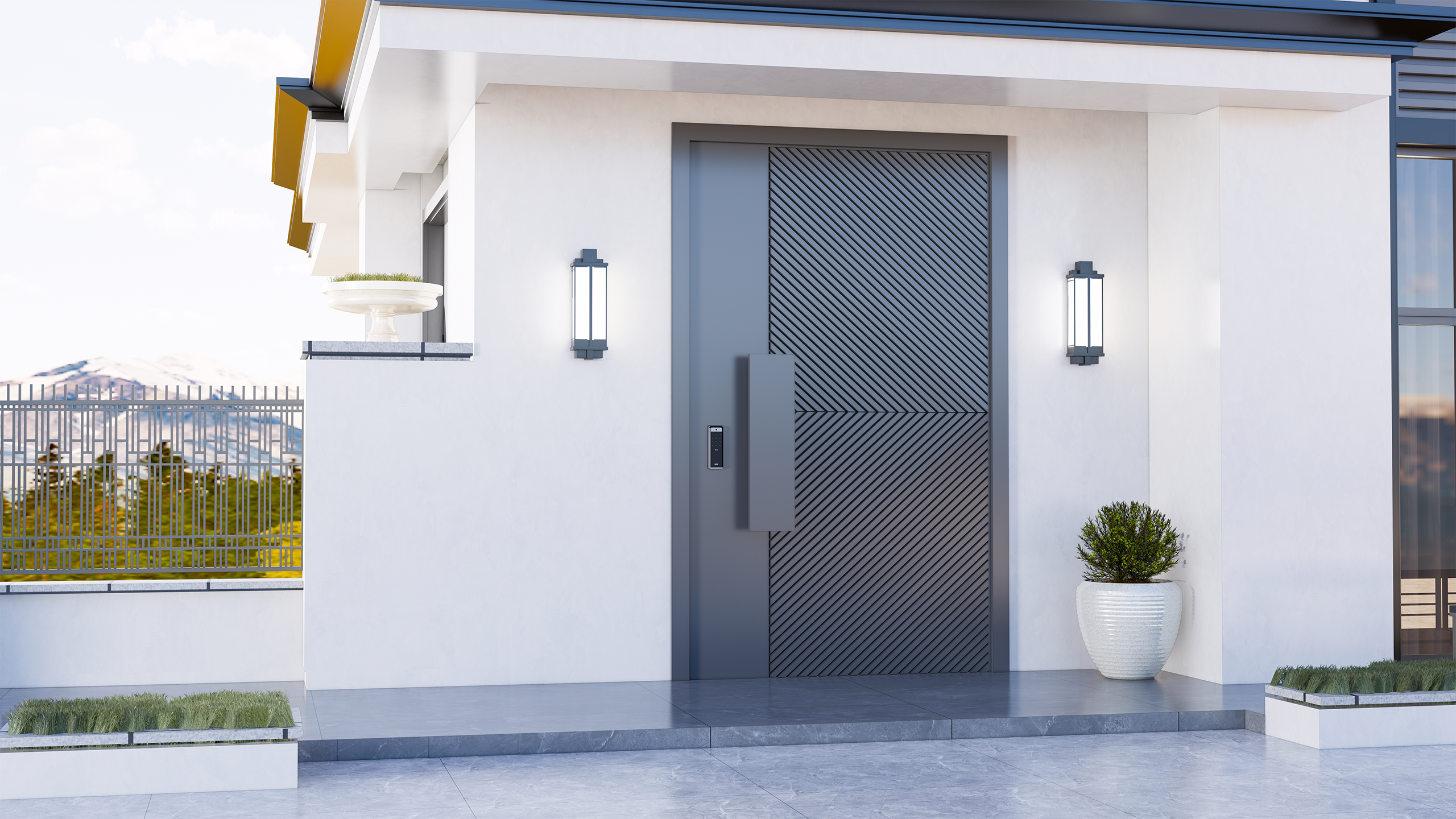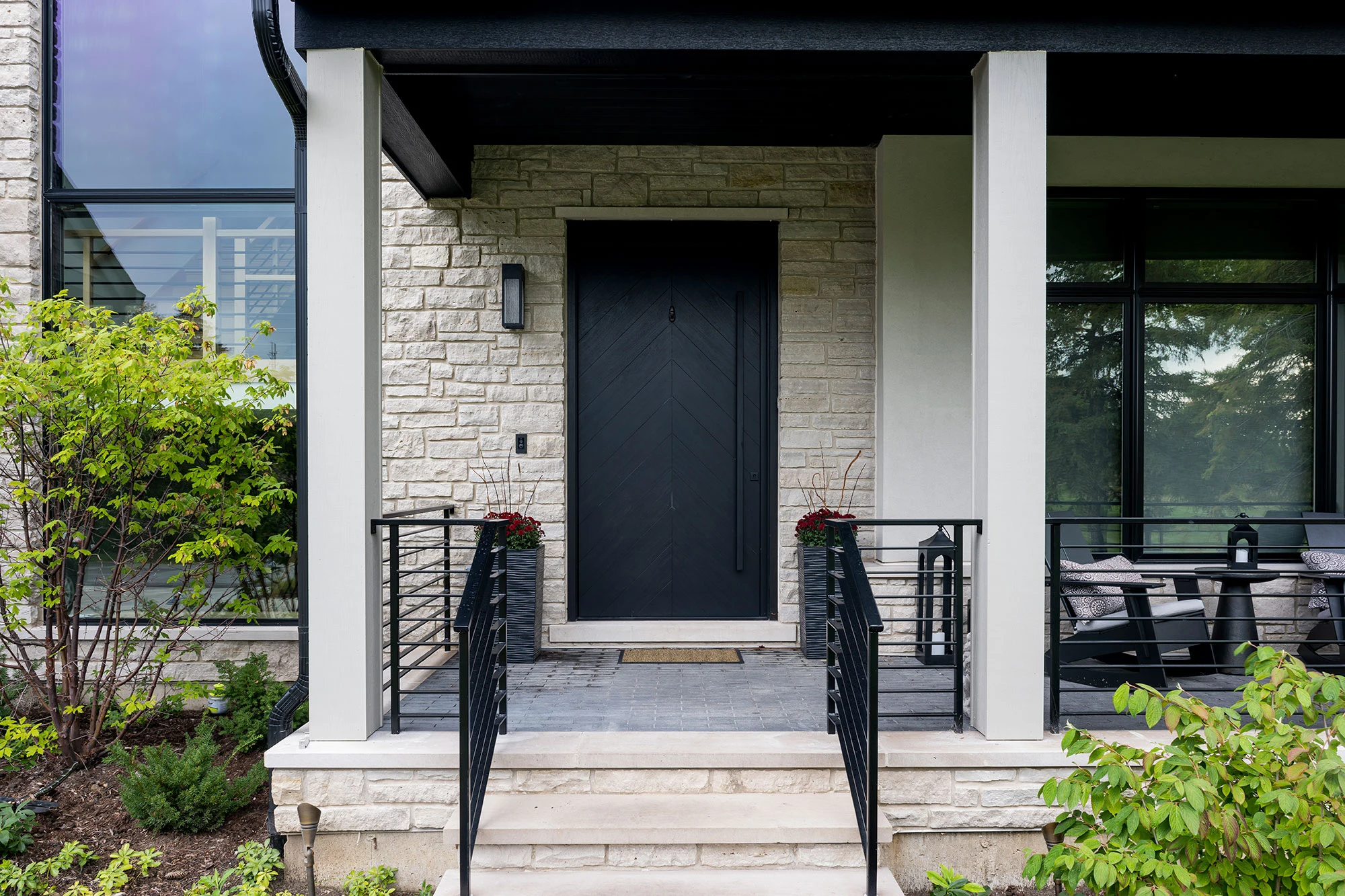What is a ghost door?
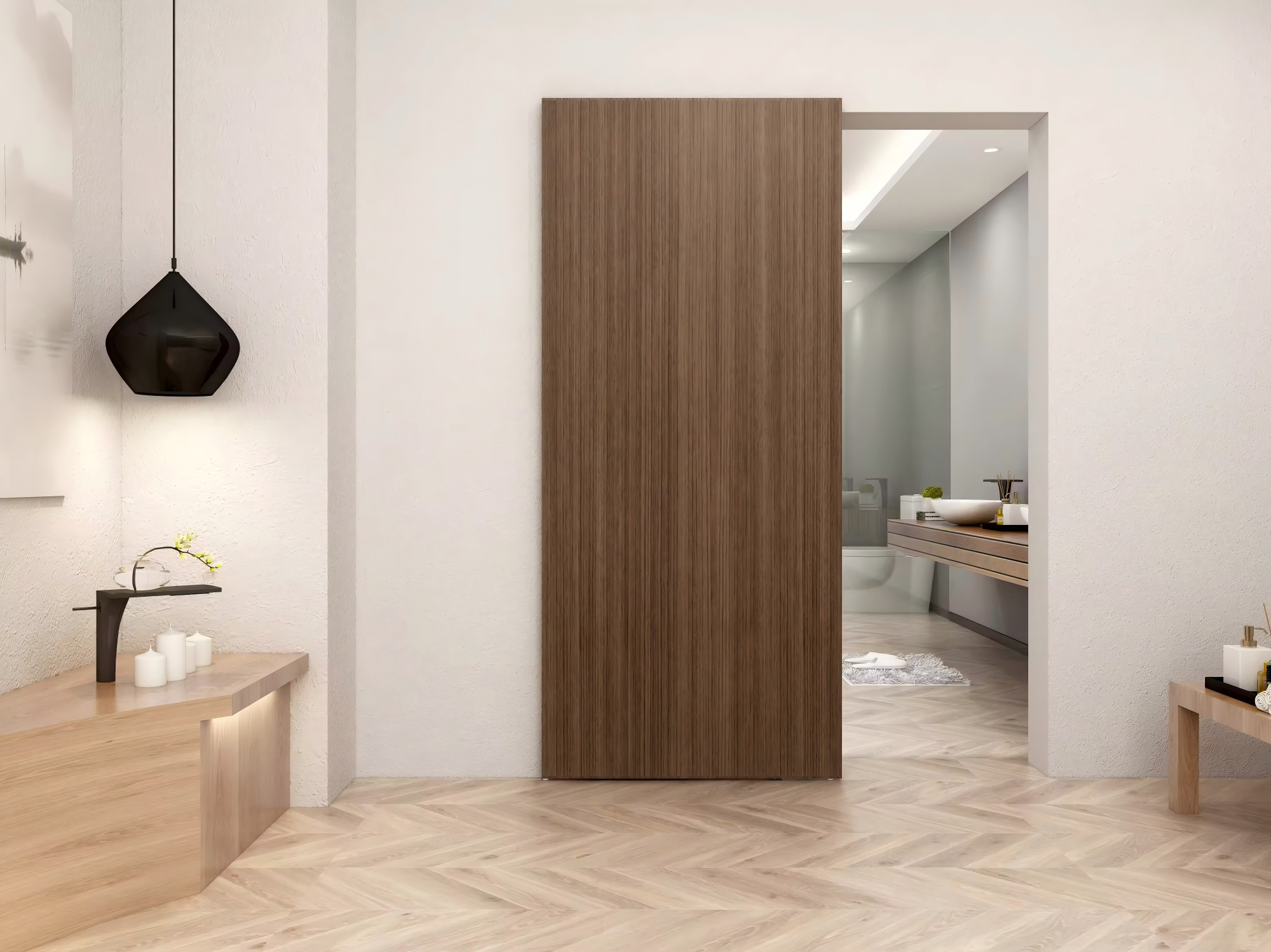
What is a Ghost Door?
Ghost doors are an innovative design concept that makes a door “disappear” into its surroundings. Unlike traditional doors that stand out, a Ghost Door blends seamlessly with the walls, creating an invisible or hidden entry point. These doors are usually designed to be sleek, minimalist, and, in some cases, even high-tech. Ghost Doors can be used in both residential and commercial spaces, offering a modern and stylish alternative to standard doors.
Ghost Doors are perfect for homeowners who want to achieve a clean and clutter-free look in their interiors. They are particularly popular in modern architecture, where seamless design is key. Whether it’s for a hidden home office, a concealed closet, or even a secret room, a Ghost Door can provide the perfect solution. In short, it’s a door that isn’t easily seen, but it still performs the essential function of allowing entry and exit.
Understanding the Basics of Ghost Door
A Ghost Door might seem like something straight out of a science fiction movie, but in reality, it’s just a door designed to be nearly invisible. The basic concept is simple: the door is built to blend with the wall, often using the same material, color, and texture. The result is a door that almost “vanishes” when viewed from a distance.
One of the key features of Ghost Doors is the use of invisible or hidden hinges, handles, and frames. These elements are often hidden from sight or designed to blend into the background, making the door appear as if it’s part of the wall. For example, many Ghost Doors use magnetic latches or touch-to-open mechanisms instead of traditional handles. This sleek, minimalist design eliminates the need for bulky hardware, giving the door a clean and modern appearance.
The most common materials used for Ghost Doors include wood, glass, and metal. In some cases, the door is made of the same material as the surrounding wall, such as drywall or wood panelling. This helps the door blend even more effectively with its environment. Whether in a home, office, or hotel, Ghost Doors offer a sophisticated, seamless way to move through a space without disrupting the overall design.
Why Is It Called a Ghost Door?
The term “Ghost Door” comes from the idea that the door is almost like a “ghost” — it’s there, but it’s not visible. It’s designed to be subtle, nearly disappearing into its surroundings. The word “ghost” reflects this vanishing act, making the door seem as if it’s not there at all.
Another reason for the name is the way these doors can create a sense of mystery or surprise. Imagine walking into a room and discovering a hidden door you didn’t notice before. This mysterious quality adds an element of intrigue to the space, which is one reason why Ghost Doors are often used in secret rooms or hidden offices. They create a sense of wonder, like discovering something that was previously invisible.
In some cases, Ghost Doors are also referred to as “invisible doors” or “hidden doors.” These terms emphasize the primary function of the door — to be hidden in plain sight. While they go by different names, all these terms share the same core idea: a door that disappears into its surroundings, offering both practicality and a touch of elegance.
The History of Ghost Doors
The concept of the Ghost Door, while modern in its form, has deep roots in architectural history. It may seem like a contemporary design trend, but its origins trace back to ancient ideas of hidden spaces and secret passageways. Over time, these designs have evolved to incorporate sleek, minimalist aesthetics and modern technologies.
Ghost Doors are a result of the desire to hide entrances, creating secretive or private spaces. Whether for security, privacy, or simply for aesthetic appeal, the history of these doors reflects a long tradition of blending functionality with design.
Where Did Ghost Doors Come From?
The idea of hidden or secret doors dates back to ancient civilizations, where they were used in castles, fortresses, and mansions. In these historical settings, secret doors were often used to provide a hidden escape route or to protect treasures and sensitive areas. The “ghost” aspect of the door came from its ability to disappear into the walls, making it nearly impossible for an intruder to find.
In medieval castles, hidden doors were typically disguised as bookshelves, panels, or stone walls. These were cleverly designed to blend seamlessly with the surroundings, and sometimes they could only be opened by secret levers or hidden switches. This early form of the “ghost door” was a crucial part of security, providing a hidden escape route for those inside.
As time progressed, the use of hidden doors became less about defense and more about privacy and exclusivity. During the Renaissance, noble homes began to feature intricate design elements, and secret doors were used to maintain the privacy of wealthy families. The doors may have been hidden behind tapestries or decorative walls, but the core idea remained the same: a door that wasn’t immediately visible to outsiders.
Fast forward to the 20th century, and the introduction of new materials and design techniques made it possible to create even more seamless hidden doors. The term “Ghost Door” likely emerged in the modern era as designers began experimenting with invisible, minimalist styles. These doors were no longer about hiding away a secret passage, but rather about creating a clean, uncluttered look while still providing the function of a door.
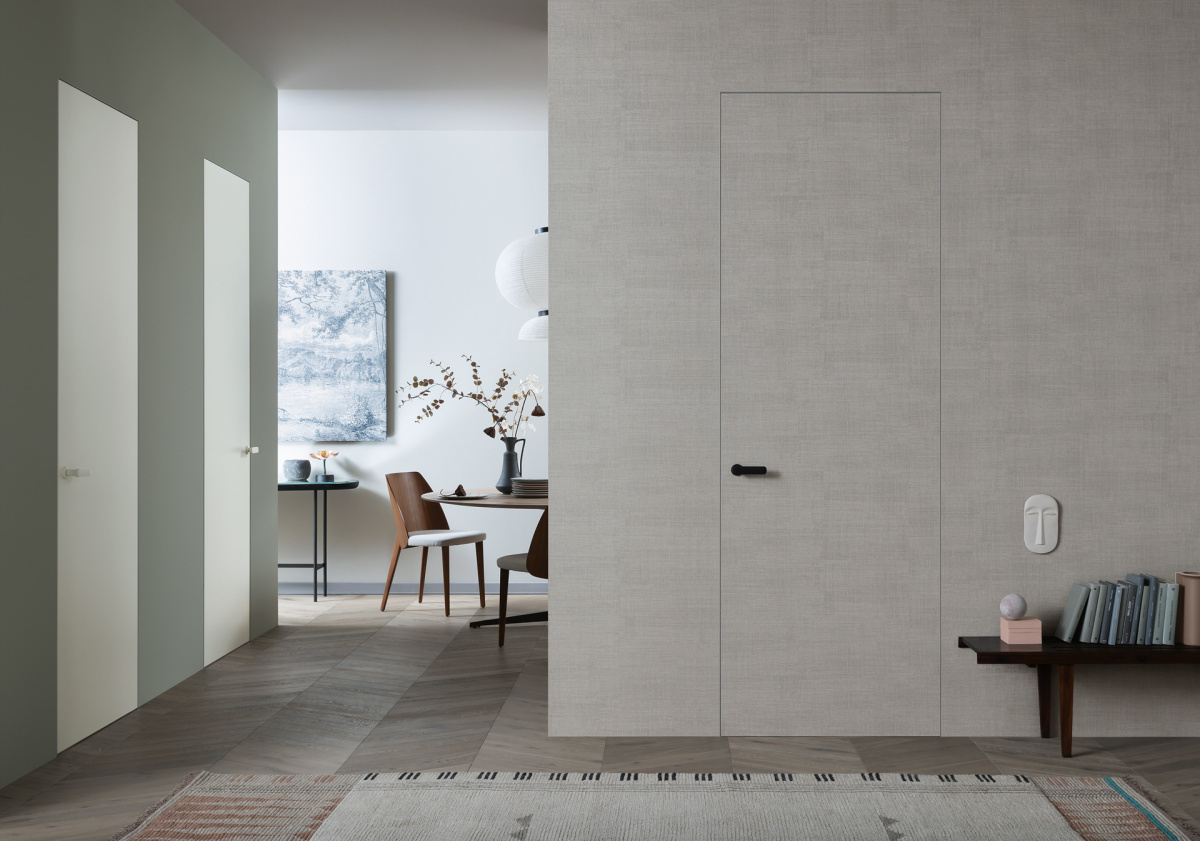
The Evolution of Ghost Doors in Architecture
The concept of the Ghost Door has evolved dramatically over the years. In the 19th and early 20th centuries, hidden doors were often built out of necessity, such as for the protection of valuables or private areas. However, by the mid-20th century, architecture began embracing a new wave of minimalist design, and Ghost Doors became more of a stylistic choice.
During the 1950s and 60s, with the rise of modern architecture, the focus shifted to sleek lines, open spaces, and subtle details. It was in this period that hidden or “ghost” doors began to be used as a design element, not just a security feature. The emphasis was on making the door disappear into the wall, creating a space that felt expansive and unobstructed. Instead of using heavy wood or metal frames, designers started to experiment with materials like glass, sleek wood panels, and even drywall to create a nearly invisible door.
In the 21st century, the technology behind Ghost Doors has advanced even further. With the introduction of touch-to-open mechanisms, automatic doors, and hidden magnetic latches, the functionality of Ghost Doors has improved, allowing for even greater ease of use. Additionally, the rise of smart home technology has led to doors that can be controlled via apps or voice commands, further elevating the idea of an invisible, seamless entry point.
Today, Ghost Doors are a staple in modern homes, offices, and luxury spaces. They’re often used to conceal home offices, libraries, or walk-in closets, blending functionality with a clean, uncluttered aesthetic. The evolution of Ghost Doors from hidden security features to a design statement reflects how architecture has embraced the minimalist, high-tech, and practical elements of the modern world.
How Does a Ghost Door Work?
A Ghost Door may seem like a magic trick, but it’s all about clever design and technology. These doors work by blending in seamlessly with their surroundings, creating a hidden entry point that is almost impossible to spot unless you know exactly where to look. The key to a Ghost Door’s functionality lies in its invisible design and the materials used, which work together to make the door nearly disappear.
Invisible Design: How It Works?
The most distinctive feature of a Ghost Door is its invisible design. To achieve this, the door is built in such a way that it mimics the surrounding wall or surface. For example, the same materials and colors used for the wall are applied to the door, making it look like an ordinary part of the room. The result is a door that’s nearly impossible to detect from a distance.
One of the main ways this “invisibility” is achieved is by hiding traditional door hardware. Instead of having visible handles, hinges, or frames, Ghost Doors often use concealed hinges that are tucked out of sight. Some models also use magnetic or touch-to-open systems, which means there are no handles at all. You push or tap a specific spot, and the door opens effortlessly. This feature makes the door blend even more seamlessly with the wall, contributing to its almost invisible appearance.
Another important aspect of how Ghost Doors work is their ability to integrate with the wall. For instance, many Ghost Doors are designed to open flush with the wall, meaning there’s no visible gap between the door and the surrounding surface. This creates a smooth, continuous look, further enhancing the “invisible” effect.
To the untrained eye, these doors appear as part of the wall itself. It’s only when you know the secret location of the door, or when you touch a hidden spot, that the door opens and reveals itself. This seamless design not only hides the door from view but also adds a touch of modern sophistication to any space.
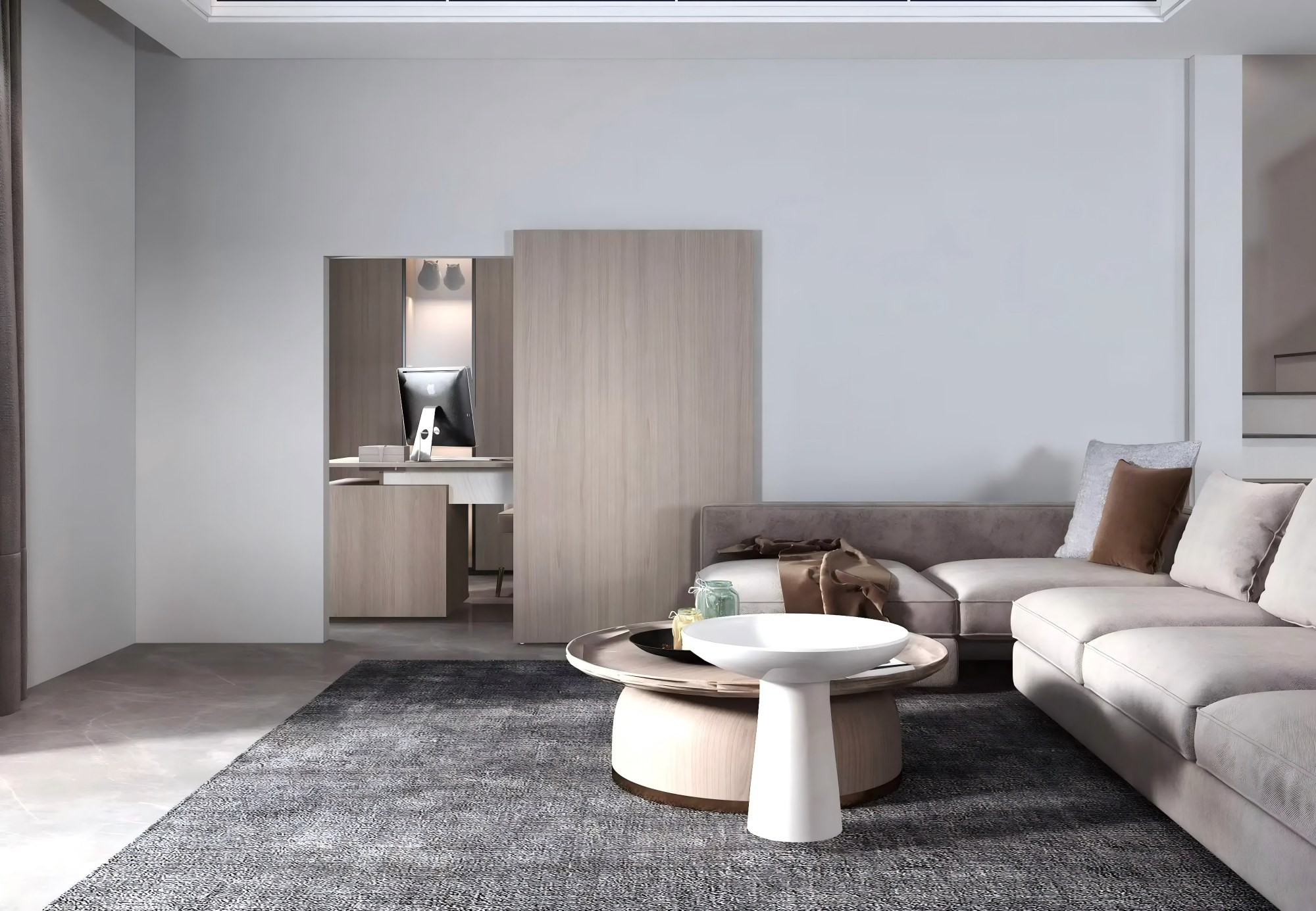
Modern Materials Used in Ghost Doors
The materials used to create Ghost Doors play a huge role in making them look and function as they do. Over the years, the materials have evolved, allowing for both better aesthetics and enhanced durability. Here are some of the most common materials used in modern Ghost Doors:
Wood:
Wood is a popular choice for Ghost Doors because it can be easily customized to match the texture and color of the surrounding walls. Whether it’s a natural wood finish or a painted surface, wood can seamlessly blend into almost any style of interior. The beauty of wood also adds a warm, timeless touch to the design.
Glass:
Glass Ghost Doors are gaining popularity for their sleek, modern look. Transparent or frosted glass allows light to pass through, making the door feel less intrusive in the space. While glass can be more noticeable than wood, frosted or tinted glass still allows for a level of privacy while maintaining the invisible design effect. Glass doors are often used in places where a subtle separation is needed, like offices or meeting rooms.
Metal:
For a more industrial or modern aesthetic, some Ghost Doors are made from metal, particularly stainless steel or aluminum. These materials provide a sleek, contemporary feel and are often used in spaces like office buildings or luxury homes. Metal doors are sturdy and durable, making them ideal for high-traffic areas. The sleek metal finish also adds to the door’s seamless appearance, as it can be painted or coated to match the wall’s color.
Composite Materials:
Many Ghost Doors are made from composite materials that combine the best of wood, metal, and plastic. These materials are lightweight, strong, and highly customizable. They also offer excellent durability and are resistant to moisture, making them suitable for a variety of climates. Composite materials are often used when a door needs to be both functional and visually seamless with the wall.
Summary
Each of these materials is chosen for its ability to blend in with the surrounding environment. The beauty of Ghost Doors lies not just in their appearance, but also in how they use modern materials and advanced construction techniques to create a door that is both practical and visually stunning.
Common Uses of Ghost Door
Ghost Doors are becoming increasingly popular in modern design, offering both practical benefits and aesthetic appeal. These hidden doors are used in a variety of spaces, from homes to offices, providing solutions for privacy, functionality, and style. Let’s explore some of the most common places where Ghost Doors are used.
In Interior Design
One of the most popular applications of Ghost Doors is in interior design. These doors are often used to create hidden spaces, blending perfectly with the room’s walls. Homeowners love them because they allow for a clean, minimalist look that doesn’t distract from the rest of the décor.
A classic use of Ghost Doors in interior design is to hide storage areas or rooms like walk-in closets, pantries, or laundry rooms. These areas are often located off main spaces and can be tucked away behind an invisible door. The benefit? You can keep your living area tidy and organized without cluttered doors or visible frames disrupting the design flow.
Another common use is in creating secret rooms. Ghost Doors are perfect for creating hidden spaces in the home, such as a private library, home office, or even a secret bar. Because these doors are nearly invisible, they don’t interfere with the rest of the room’s design. Plus, they add a sense of mystery and surprise, making any space feel more exciting.
Additionally, Ghost Doors are used to hide unsightly elements like electrical panels, trash bins, or utility rooms. These doors let homeowners keep these practical but unattractive areas out of sight while still offering easy access when needed. Whether it’s a chic, modern home or a more traditional space, Ghost Doors fit seamlessly into any interior design style.
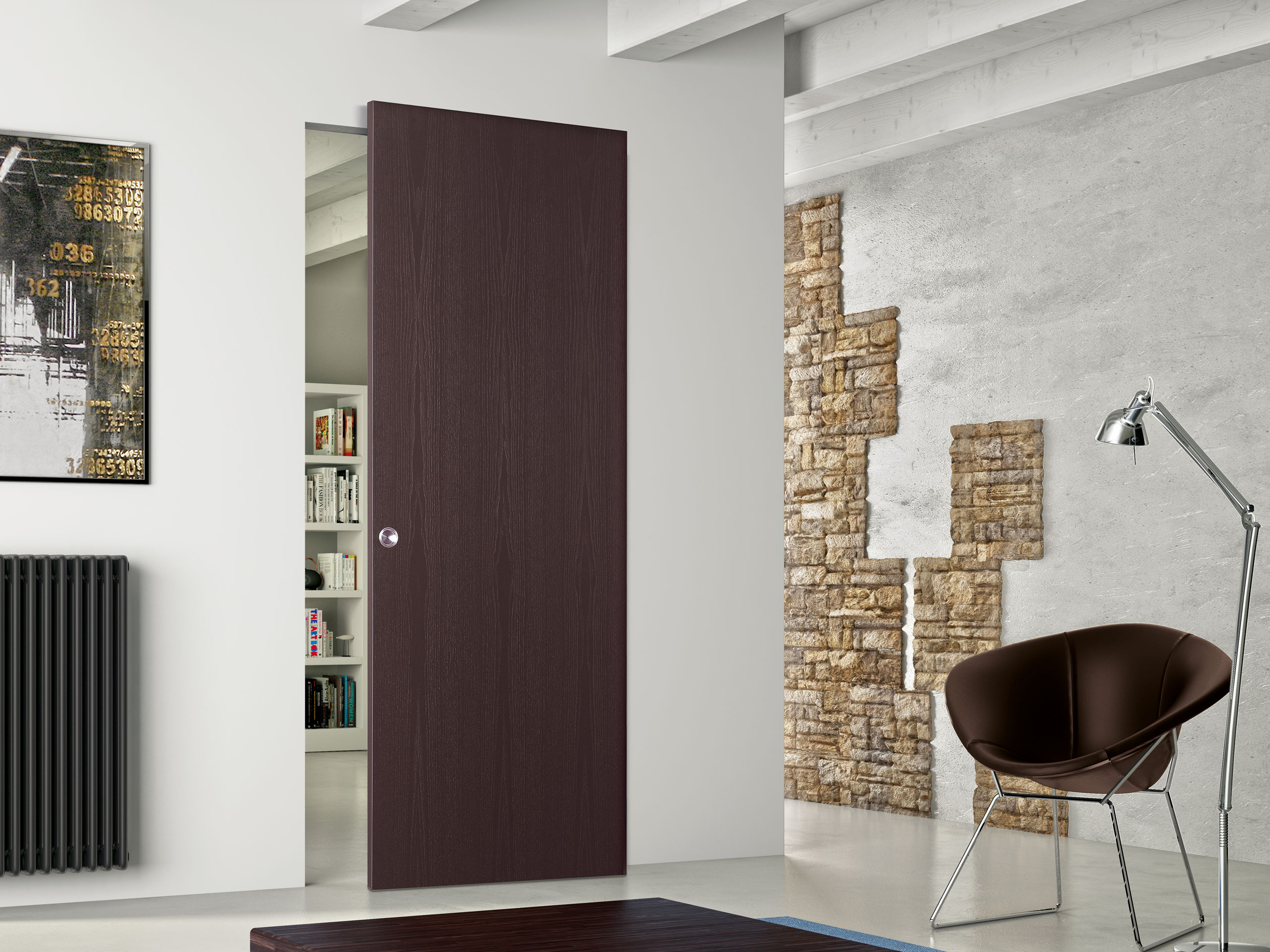
In Smart Homes and Modern Architecture
Ghost Doors are also playing a key role in the development of smart homes and modern architecture. These doors not only serve as a stylish feature but are also highly functional when integrated into a smart home system. Homeowners who prioritize convenience and technology love how these doors can enhance the efficiency and aesthetics of their homes.
In smart homes, Ghost Doors are often paired with automated opening systems. Instead of manually opening the door, homeowners can use their smartphones, voice assistants, or motion sensors to open the door. This touchless system not only adds a layer of luxury but also helps maintain the door’s seamless, minimalist appearance. These automated systems allow for smooth transitions between spaces without ever needing to touch a handle or knob.
In modern architecture, Ghost Doors are valued for their ability to integrate into clean, uncluttered designs. With open floor plans becoming more popular, creating boundaries between spaces without using bulky or noticeable doors is crucial. Ghost Doors provide a solution, allowing spaces to be divided without disrupting the flow of the overall design. For instance, in a sleek modern office or a high-end residential property, a Ghost Door can easily separate work areas from personal spaces without making the room feel cramped.
Architects and designers love using Ghost Doors in homes or buildings with cutting-edge designs. They’re perfect for rooms with high ceilings, open spaces, or walls with large windows. Since these doors blend into their surroundings, they contribute to the open, airy feel of modern designs. Whether it’s for a luxury penthouse or an eco-friendly home, Ghost Doors offer a contemporary solution to keeping spaces both private and visually appealing.
The Benefits of Ghost Door
Ghost Doors are more than just stylish additions to a home or office. These innovative doors offer several practical benefits that make them a standout feature in modern design. From enhancing the aesthetic appeal to improving functionality and security, Ghost Doors bring multiple advantages to any space. Let’s dive into some of the key benefits.
Aesthetic Appeal: Minimalist Look
One of the most attractive benefits of a Ghost Door is its ability to achieve a clean, minimalist look. Traditional doors can often create visual clutter, especially in modern homes or open-concept spaces. Ghost Doors, on the other hand, blend seamlessly into the walls, creating a sleek and unobtrusive design. They are perfect for those who want to maintain a streamlined, elegant appearance without the distraction of bulky door frames or visible hardware.
The minimalist aesthetic of a Ghost Door can dramatically elevate the overall vibe of a room. Whether in a home, office, or commercial space, these doors contribute to a chic, modern feel. They’re ideal for those who value simplicity and clean lines, offering a design element that adds sophistication without being overwhelming.
Furthermore, Ghost Doors are highly customizable. They can be made from various materials, including wood, metal, glass, or drywall, allowing them to complement any design style. Whether you’re going for a contemporary, industrial, or more traditional look, a Ghost Door can seamlessly integrate with your space, adding a unique touch that complements your decor.
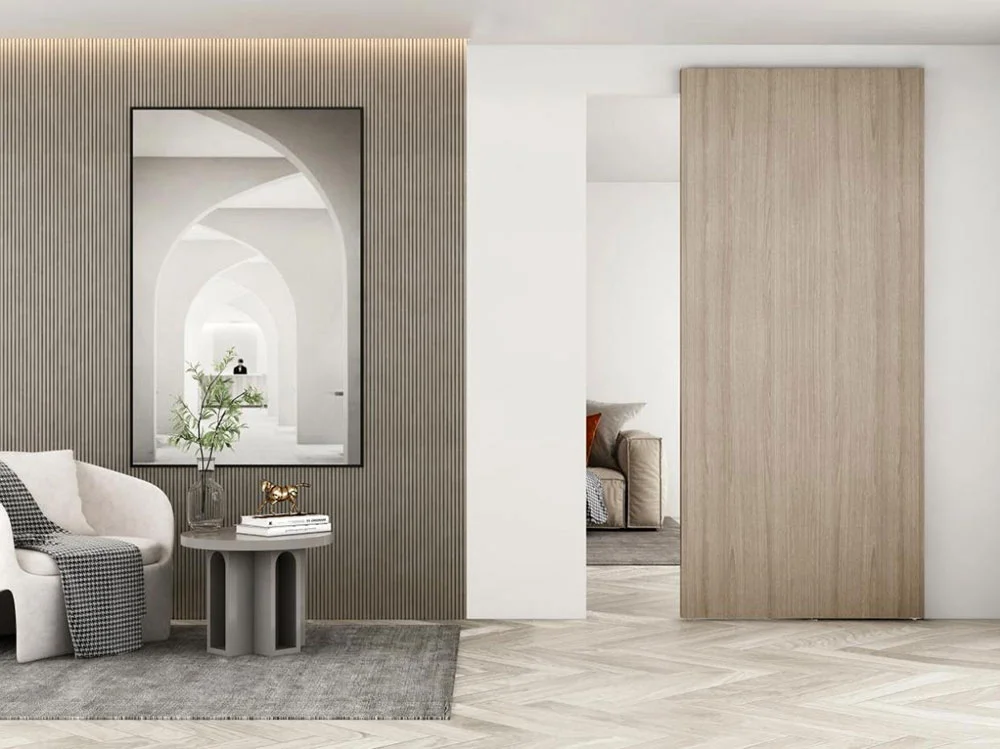
Space-Saving and Functionality
Ghost Doors are not only about looks — they also offer impressive functionality. In spaces where every square foot counts, a Ghost Door can save valuable room. Traditional doors, especially swinging ones, require additional clearance to open and close, which can be a problem in small spaces. With a Ghost Door, you can avoid this issue. Since they typically open with touchless systems or hidden hinges, they take up very little space and don’t require any extra room for swinging or sliding.
This makes them an excellent choice for compact living spaces like apartments or tiny homes. Ghost Doors can also be used in narrow hallways or areas where space is limited, ensuring that you don’t lose any usable area for foot traffic. Whether it’s hiding a closet, a bathroom, or even a secret room, a Ghost Door allows you to maximize the space in your home or office while maintaining a clean and open feel.
Additionally, Ghost Doors can be designed to slide or pivot, which further reduces the space they take up. Unlike conventional doors that swing open, sliding or pivoting Ghost Doors make it easier to move between rooms without worrying about door clearance. This makes them highly functional for high-traffic areas where ease of movement is essential.
Increased Privacy and Security
Beyond aesthetics and space-saving, Ghost Doors offer increased privacy and security. Their discreet design can help keep certain rooms or areas hidden from view, offering an extra layer of privacy. Whether you want to conceal a private office, a bedroom, or a hidden storage space, a Ghost Door can create an invisible barrier that protects sensitive areas from prying eyes.
In homes with open-concept layouts, Ghost Doors are an excellent way to establish boundaries between rooms without compromising the space’s overall flow. For instance, a home office or study can be tucked behind a Ghost Door, allowing you to close off the room when needed, while still maintaining a harmonious, open layout throughout the house.
Ghost Doors can also enhance security. Because they’re not easily visible, they provide an added layer of protection for valuable items or private spaces. In commercial buildings or luxury homes, Ghost Doors can be used to secure confidential rooms or sensitive areas without drawing attention to their presence. Furthermore, with advanced locking mechanisms, they can provide high levels of security, allowing you to control access to hidden or restricted spaces.
Popular Ghost Door Styles
Ghost Doors come in several styles, each with its own unique functionality and aesthetic appeal. Depending on the space and design needs, you can choose a style that fits your vision while maintaining the sleek, minimalist look that defines Ghost Doors. Here are some of the most popular styles.
Sliding Ghost Door
Sliding Ghost Doors are one of the most popular choices for modern homes and offices. These doors are designed to slide smoothly along a track, providing easy access between rooms without the need for a swinging door. The best part? They don’t require much space to operate, making them perfect for smaller areas or spaces with limited clearance.
In terms of design, sliding Ghost Doors can be completely integrated into the wall, making them almost invisible when closed. The door itself can be made from various materials like wood, glass, or even drywall, and can be painted or finished to match the surrounding wall, creating a seamless, clean look.
Sliding Ghost Doors are often used to separate living areas from private spaces like home offices, bedrooms, or even bathrooms. In homes with open floor plans, they provide a discreet way to divide spaces while still maintaining the room’s flow and light. Additionally, these doors can be equipped with touch-to-open or automated systems for added convenience, which enhances both functionality and style.
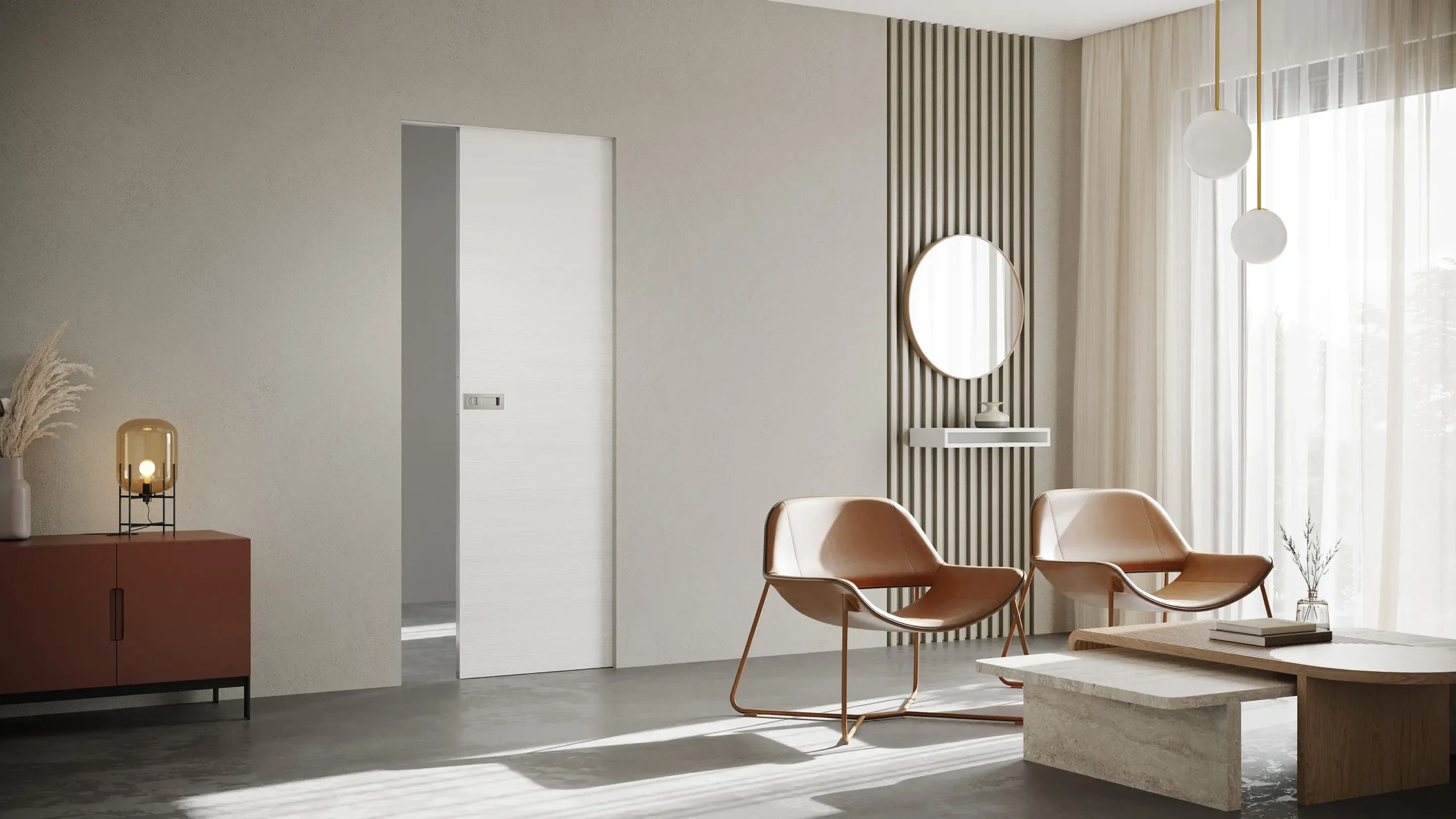
Hidden Panel Doors
Hidden Panel Doors are another popular option for those looking for a door that is completely concealed. These doors are designed to blend perfectly into the surrounding wall, making them nearly impossible to detect without knowing exactly where to look. The panel, often made from the same material as the wall, can be a single flat surface or feature subtle grooves that help identify the dooris location.
What makes Hidden Panel Doors particularly appealing is their versatility. They can be used in any room where you want to hide an entrance—be it a hidden closet, a secret room, or even a pantry. The flat panel design works especially well in minimalist interiors, where the goal is to maintain clean lines and uncluttered spaces. When closed, a Hidden Panel Door looks like part of the wall, offering an incredibly discreet solution for privacy or security.
One of the great benefits of Hidden Panel Doors is their ability to be fully customized. You can choose the material, texture, and color to match your existing walls, making the door virtually invisible. They can also be outfitted with invisible handles or magnetic latches for smooth, easy opening.
Pivoting Ghost Door
Pivoting Ghost Doors are a sleek and modern option for those looking for a more contemporary, high-end design. Unlike traditional swinging doors, Pivoting Ghost Doors rotate on a single pivot point, allowing them to open with a smooth, controlled motion. This style creates a striking visual effect, as the door moves around its pivot rather than swinging outward.
The beauty of Pivoting Ghost Doors lies in their simplicity and smooth operation. They require less clearance than traditional doors, making them perfect for tight spaces or areas where a more traditional door might not fit. When integrated into the wall, Pivoting Ghost Doors can be designed to appear completely seamless, with no visible frame or hardware, creating a truly invisible entrance.
Pivoting doors are especially popular in luxury homes and modern office spaces, where they can act as a focal point. They’re often used to separate high-end spaces, such as private offices, wine cellars, or home theaters. The elegant motion and sophisticated design of Pivoting Ghost Doors add a touch of drama to any room, making them a statement piece in any modern home.
These doors can be made from a variety of materials, including glass, wood, or metal, and can be customized to suit the overall style of the room. With the option of touch or automatic opening systems, Pivoting Ghost Doors offer both convenience and style, making them a top choice for those seeking a combination of luxury and functionality.
How to Install a Ghost Door?
Installing a Ghost Door can add a sleek, modern touch to your home, creating a hidden or minimalist entryway. However, while the idea of a Ghost Door sounds exciting, the installation process can be a bit tricky depending on the type and design of the door. Whether you’re planning to install it yourself or hire a professional, it’s important to understand the steps involved to ensure everything fits and functions properly.
Can You Install a Ghost Door Yourself?
While it is possible to install a Ghost Door yourself, it’s not always the easiest project. Ghost Doors often require precise measurements and custom fittings, especially when blending seamlessly into the wall. Here’s a basic overview of what’s involved if you’re considering installing it yourself:
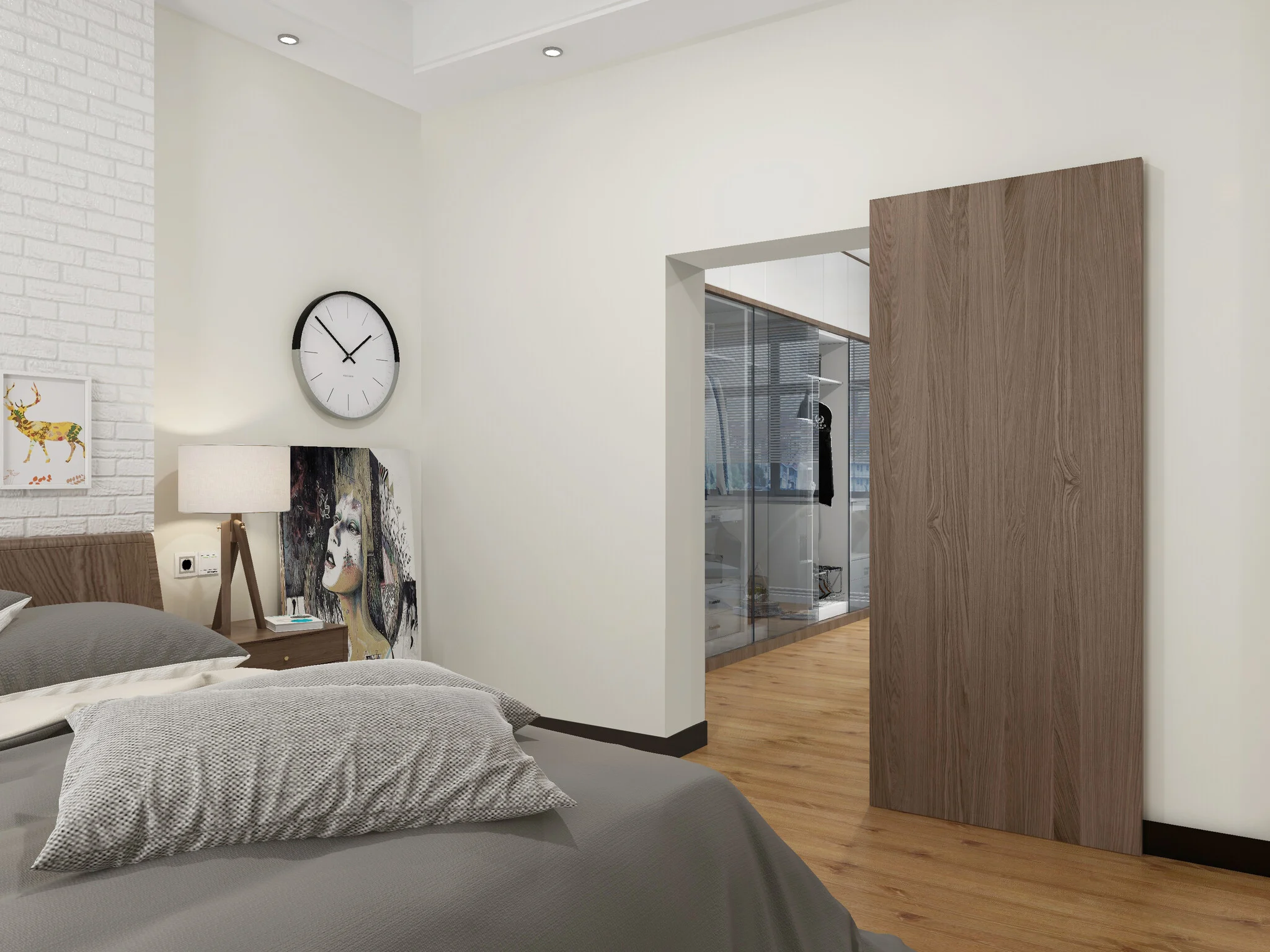
1. Preparation:
Before starting, make sure you have all the tools needed, such as a level, drill, measuring tape, and screws. You’ll also need to determine the correct placement for the door, whether it’s a sliding, pivoting, or hidden panel door.
2. Measuring and Cutting:
One of the most crucial parts of installing a Ghost Door is accurate measuring and cutting. If you’re installing a hidden panel door, for example, you’ll need to carefully measure the wall to ensure that the door is flush with the surface and can move freely without obstruction.
3. Hinge or Sliding Mechanism Installation:
Depending on the type of Ghost Door, you will need to install either hidden hinges or a sliding track. Sliding doors, for example, will require you to secure a track to the wall, while pivoting doors will need a solid pivot point.
4. Fitting the Door:
Once the hardware is in place, carefully fit the Ghost Door into the frame, ensuring it’s properly aligned and functions smoothly. If you’re using touch-to-open or magnetic systems, make sure the alignment is precise for optimal performance.
5. Finishing Touches:
After the door is installed, you’ll likely need to do some finishing work, like filling gaps, sanding edges, or painting the door to match the wall. The goal is to ensure the door blends seamlessly with its surroundings, creating that invisible effect.
When to Hire a Professional?
Though a DIY Ghost Door installation is possible, it’s often best to hire a professional for a few important reasons:
1. Precision and Experience:
A professional installer has the experience to measure and cut precisely. Installing a Ghost Door requires meticulous attention to detail, and small mistakes can result in poor alignment, which can cause the door to malfunction. A professional will ensure the door fits perfectly and operates smoothly.
2. Complexity of Installation:
If you’re installing a more complex Ghost Door, such as a sliding or pivoting model, the process may involve specialised hardware and techniques that require expert knowledge. For example, installing the sliding track or pivoting system can be tricky without the right tools and expertise. A professional will have the skills needed to handle these more complicated designs.
3. Custom Doors:
Many Ghost Doors are custom-built to fit specific wall types or room layouts. If you’ve chosen a bespoke design, hiring a professional ensures the installation is done correctly. A custom door requires accurate measurements and proper fitting, and an expert will be able to handle these challenges with ease.
4. Time-Saving:
Installing a Ghost Door can take several hours or even days, especially for complex designs. If you’re on a tight schedule, hiring a professional saves you time and ensures that the job is done efficiently and correctly.
5. Safety:
Some aspects of installing a Ghost Door—such as handling large or heavy doors or working with specialized hardware—can pose safety risks if not done properly. A professional installer is trained to handle such tasks safely and effectively.
Summary
In conclusion, while installing a Ghost Door yourself can be a rewarding project if you have the right skills and tools, it’s often worth hiring a professional for a flawless finish. Professionals bring expertise, precision, and efficiency to the installation process, ensuring that your Ghost Door functions perfectly and seamlessly integrates into your space. If you’re uncertain or want to save time, calling in an expert will guarantee the best results.
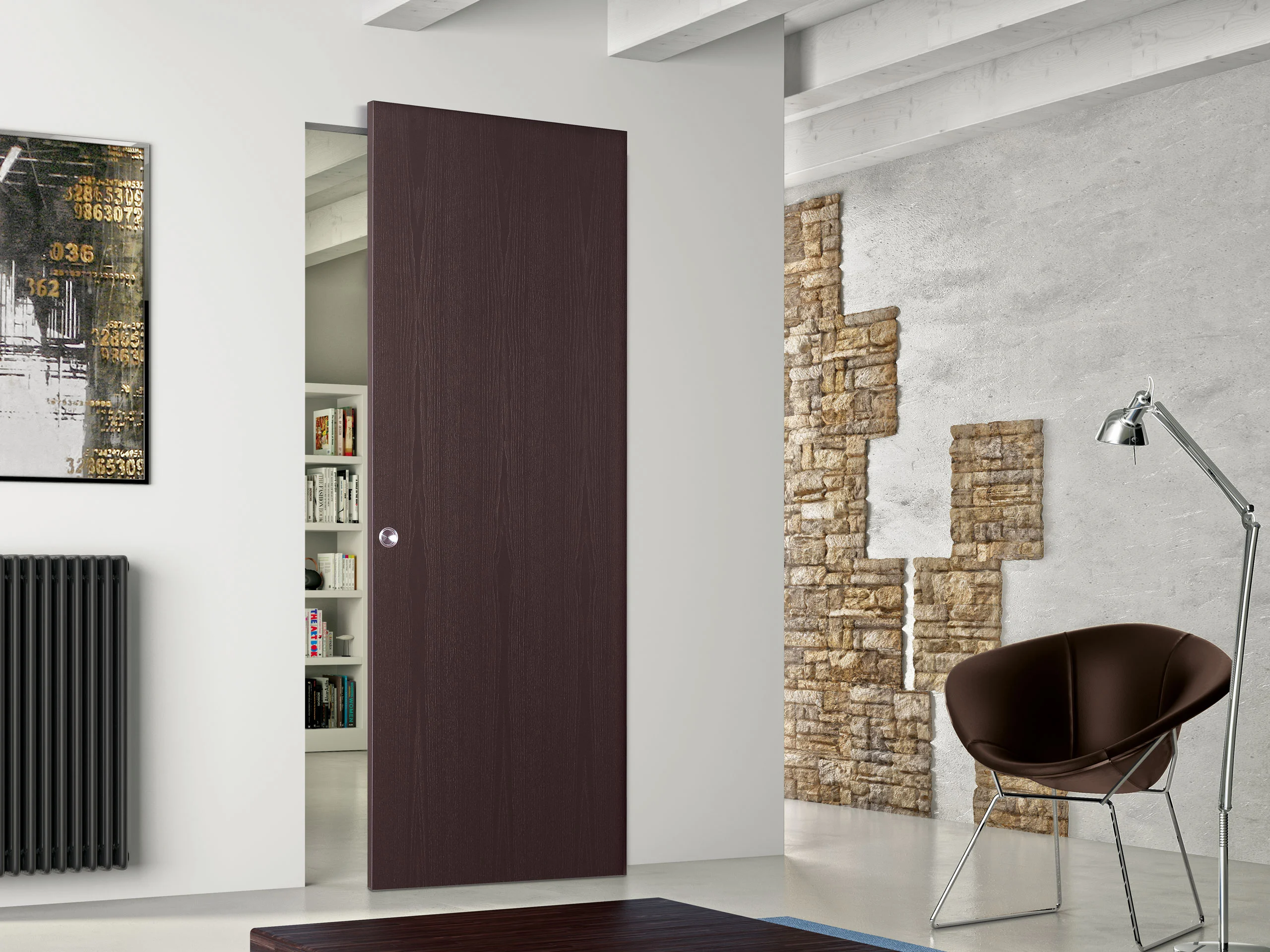
What to Expect When Paying for a Ghost Door?
When considering the purchase of a Ghost Door, it’s essential to understand the factors that affect the price. While these doors offer unique style and functionality, several factors influence their cost. The final cost can vary based on a few key elements, including materials, design complexity, and additional features.
Factors Affecting Ghost Door Pricing
Materials Used:
One of the biggest factors that influence the price of a Ghost Door is the material chosen. Ghost Doors can be made from a wide variety of materials, each with its price range. For example:
Wooden Ghost Doors are generally more affordable, especially if you’re using a standard wood finish or veneer. However, premium wood types like oak, walnut, or custom finishes can drive up the price.
Glass Ghost Doors tend to be more expensive because of the materials and the need for custom framing. Frosted or tempered glass may cost more than standard clear glass.
Metal Ghost Doors, often used in more modern or industrial designs, can also be pricier due to their durability and the availability of finish options like stainless steel or custom coatings.
Composite Materials offer a seamless, hidden look. They may cost less initially, but the installation might be more expensive due to the custom work required to ensure the door fits perfectly within the wall.
Design and Customization:
The complexity of the design also plays a major role in determining the cost. A Hidden Panel Door, which requires seamless integration into the wall, will generally cost more than a simpler Sliding Ghost Door that only needs a track and minimal framing. Custom designs, such as pivoting doors or doors with custom shapes, add to the overall price because they require specialized craftsmanship and more advanced manufacturing.
If you’re opting for a bespoke design to match a unique aesthetic or special functionality, expect to pay more. The more intricate the design (whether it’s unusual sizes, materials, or finishes), the higher the price will be.
Size and Installation Requirements:
Larger Ghost Doors or doors that require specific framing or structural modifications will increase the cost. If your space requires custom dimensions—perhaps for an unusually wide doorway or a high-ceilinged room—the price of the door itself will increase.
Additionally, if the installation requires more work—such as reinforcing walls, creating a custom track system, or adjusting the structure to fit the door—the labor costs will also add up. Installation can be a significant part of the overall cost, especially if the door needs to be perfectly integrated into the space.
Hardware and Features:
Ghost Doors often come with hidden hardware systems that allow for their seamless operation. Basic doors might have hidden hinges, while more advanced doors may include touch-to-open systems, magnetic latches, or even smart home integration. These additional features can increase the price.
Automated systems, for example, allow you to open or close the door via smartphone apps or voice commands. While convenient, these systems require specialized installation and added electronic components, which contribute to the cost. In some cases, automatic or motorized doors may even increase the price, depending on the complexity of the system.
Brand and Reputation:
The brand you choose can also influence the cost of a Ghost Door. High-end manufacturers with a reputation for quality craftsmanship will often charge more for their products. If you’re choosing a well-known designer or a premium manufacturer who specializes in custom designs, their prices will likely be higher than more generic or mass-market options.
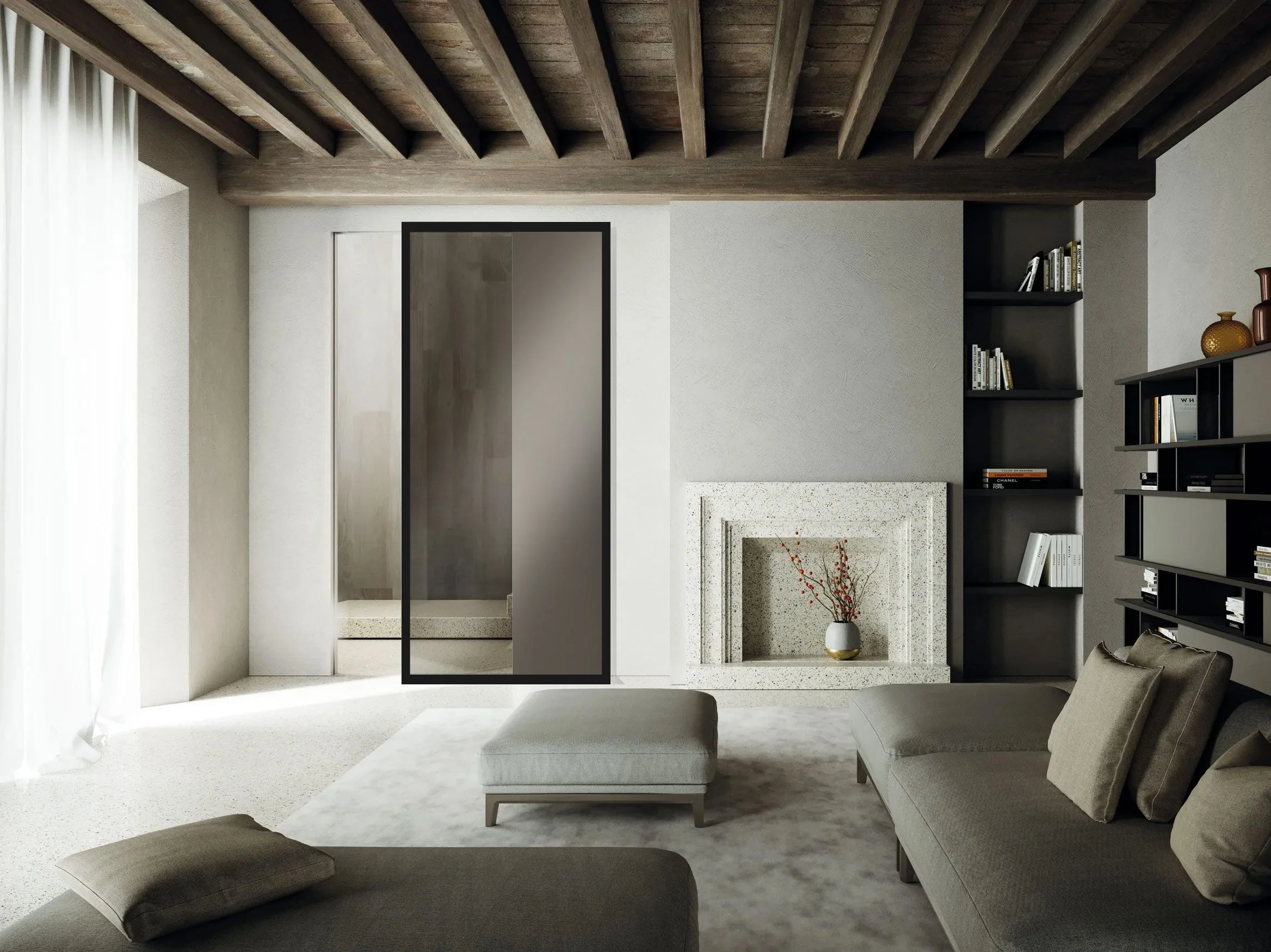
Relate FAQ
What exactly is a Ghost Door?
A Ghost Door is a hidden or invisible door designed to blend seamlessly into its surroundings. It’s typically built to match the wall material or color, making it nearly undetectable when closed. The door uses concealed hardware, such as hidden hinges and magnetic latches, allowing it to open and close smoothly without the usual visible door frame or handle.
Why is it called a Ghost Door?
The name “Ghost Door” comes from its ability to "disappear" into the wall, making it almost invisible, like a ghost. The door is hidden in plain sight, creating the illusion that it doesn’t exist. It’s designed to be sleek, minimalist, and unobtrusive, much like a ghost that quietly slips by without being noticed.
How does a Ghost Door work?
Ghost Doors work by using advanced design techniques to blend into the wall. They typically feature hidden hinges, no visible handles, and can be operated using touch or magnetic systems. These features make the door nearly invisible when it is closed. Some Ghost Doors also slide or pivot, further adding to their seamless design.
Are Ghost Doors secure?
Yes, Ghost Doors can be highly secure. They can be fitted with concealed locks, touch-to-open mechanisms, or even smart home technology to control access. Their invisible design also makes it harder for outsiders to spot, providing an extra layer of security for sensitive areas.
How do I maintain a Ghost Door?
Maintaining a Ghost Door is similar to maintaining traditional doors. Keep the door clean and free from dust or debris. If it’s a sliding or pivoting door, ensure that the tracks are clear and lubricated for smooth operation. For hidden panels, make sure the magnetic latches or touch mechanisms are functioning properly. Regular maintenance will help keep the door in optimal condition.
